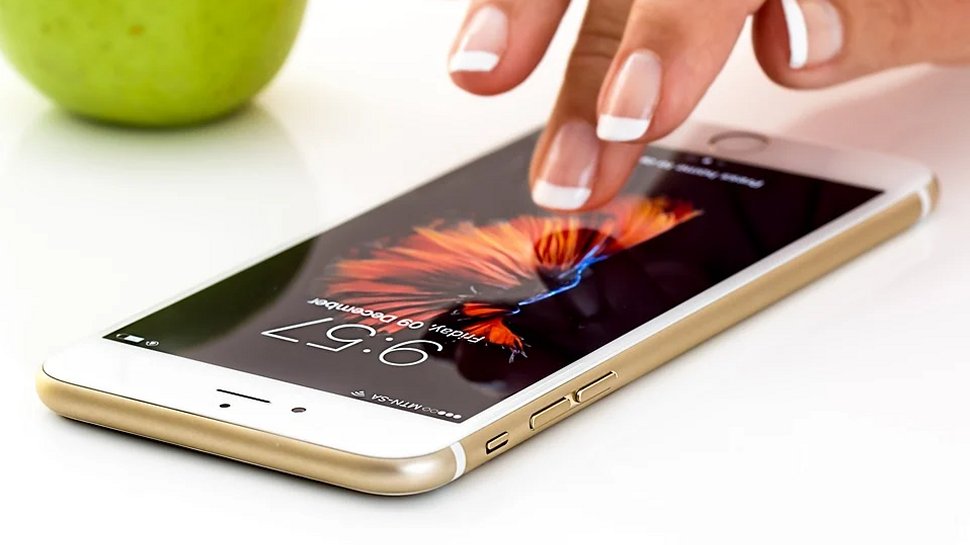How eSIM is revolutionizing mobile and IoT
The physical SIM card is soon to be consigned to history

The SIM card is soon to be consigned to history. Destined to be another example of an, as then, much needed, but now seen as a rather clunky stepping-stone on the path to technological nirvana, alongside mobile pagers, MP3 players and Palm Pilots. It’ll be remembered in moments of nostalgia as that fiddly bit of plastic, accessed only through deft use of a bent-out paperclip.
The replacement: eSIM – a chip soldered directly into your smartphone, rightly deserves to be seen as much more than a simple upgrade. Yes, it allows you to connect a device without a paperclip, but that really is just the start of the story…
Seamless mobile experiences
In today’s ‘new norm’ of remote working, social distancing and needing everything to be readily available without stepping out of the home, the shift in retail to online shopping has increased exponentially. The physical nature of the SIM card though, meant digital retail with mobile just wasn’t possible. Thankfully, eSIM breaks down this barrier immediately.
eSIMs, because they are digitally downloaded to new customers within a few seconds of sign-up to their favorite mobile service providers, make for a fully seamless experience anywhere in the world, without any need for the customer to visit a retail store to obtain a SIM card or wait for one to arrive in the post.
eSIMs also allows you to store and switch between multiple subscriptions in your phone, for example, business, personal and travel subscriptions. And because nearly all eSIM-enabled smartphones also support “Dual SIM, you can use those subscriptions to connect to two mobile networks at the same time. This means you can download a local subscription whilst on holiday, saving you money on data, and still make and receive calls using your home subscription.
Enabling smaller and lighter devices
Whilst eSIM has undoubtedly made connecting traditional mobile devices much easier and quicker, thanks to its very small form factor it is now also enabling new smaller and lighter device categories – introducing mobile connectivity into hardware where it was previously not feasible including smart watches and fitness trackers. eSIM allows this new generation of wearable tech to operate completely independently from any smartphone. This is a point recently demonstrated by Apple introducing its “Family Setup” capability to its Apple Watch: all made possible thanks to eSIM technology.
eSIM even opens the way for more traditional computing devices such as laptops and tablets to be connected out of the box by default.
Sign up to the TechRadar Pro newsletter to get all the top news, opinion, features and guidance your business needs to succeed!
Remote connectivity
It’s not only consumers who benefit – eSIMs are particularly beneficial for enterprises as they offer flexibility and convenience for organizations managing hundreds or thousands of mobile devices for their staff. It allows IT teams to remotely deploy and add numerous connected devices and swap amongst staff members easily, rapidly and conveniently, without the need to replace any SIM cards. Even a wholesale change of network provider, if required, can be accomplished within hours not weeks.
Connectivity at scale
Cellular connectivity is fundamental to delivering the next level of functionality demanded by today’s industrial IoT applications.
eSIM is already benefiting businesses with large scale machine-to-machine deployments – the energy and automotive sectors being just two examples: Energy companies are now able to deploy millions of utility meters (electricity, gas, water) across the world, all connected to mobile networks, confident in the fact that they can easily change the provider of that connectivity should they need to – something that was essentially impossible with physical SIM cards.
Within automotive, eSIM allows late-stage connectivity provisioning, where appropriate local subscriptions are downloaded into vehicles at the last possible moment in the production process, depending on the destination countries of those vehicles, whilst at the same time, removing all of the logistics of managing piles of SIM cards for each country on the production line.
The age of the eSIM
The age of the eSIM has already started. eSIM will be a standard feature for most smartphone devices worldwide by 2023 with Apple, Samsung and Google all committing their handsets to this technology. The leading IoT device manufacturers are adapting existing use-cases and developing new ones with eSIM at the center. The speed of widespread adoption of eSIM still depends on the ability of mobile network operators and industry stakeholders to educate themselves and their customers on the benefits, but the rewards for those who move quickest will be to steal an enormous advantage on their less agile counterparts.
eSIM has the ability to unshackle devices from existing connectivity constraints, allowing businesses to offer services far beyond the limits of the physically-restricted SIM card – all it needs is a little bold thinking… and perhaps a plan for all those unused paperclips.
- Gary Waite is Head of eSIM Strategy at Sim Local.
- We've featured the best productivity apps.
Gary Waite is Head of eSIM Strategy at Sim Local.